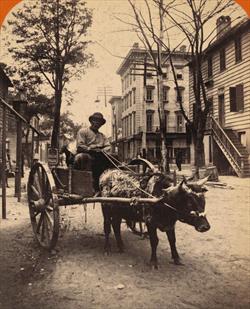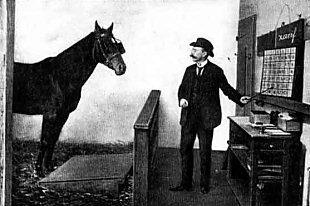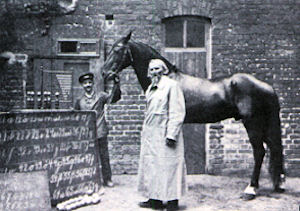From dog trainers on TV to professional sport trainers to the casual pet dog trainer, the range of skill and the types of techniques used, even within a given level field, varies as much as the faces of the people carrying the techniques out. What doesn’t change though is the fact that animal training and our study of behavior has changed dramatically from fanciful anecdotes into a mature science in the last 200 years. The following 5-part series journeys back to the beginning and highlights some of the most incredible and significant stages that have shaped the field today.
Animal Behavior Started as a Series of Just-So Stories
During the Victorian era, the study of natural history was a popular pastime in Britain; so popular that the average natural history textbook could sell 100,000 copies in a week. The writing was geared towards making animals and plants as entertaining as possible by giving animals human-like qualities and imagining what must go on in their minds.
For instance, mice were said to work in groups to make mini-barges out of dung. They’d pile the dung barge high with berries, drag it to a stream, hop on and sail it to their destination. Owls were seen as sentries to prairie dog mounds. Rodents were supposedly observed building a ramp out of plaster in order to climb from a table to the top of a pot filled with food.
In this era, observations were taken at face value; there was no requirement for hard scientific data. While the writings served to spark interest in animals and provide a colorful account of rats, birds and mammals studied, they interfered with the study of animal behavior as a science.
Clever Hans
During the late 1800’s and early 1900’s, the field of animal behavior began to change. The need for these changes were highlighted by the famous case of a horse named Clever Hans. At the turn of the century, Clever Hans was said to possess remarkable intellectual skills. When his trainer would pose an arithmetic question, Hans would tap his hoof on the ground the same number of times as the correct answer. The trainer would write a problem on the blackboard and Hans would answer correctly. Or the trainer would ask Hans to identify the number of people in the audience carrying an umbrella and Hans would answer correctly. Even if the questions were posed to Hans by people other than his trainer, the horse often produced the correct answer. People, including scientists, were astonished that this horse was able to perform arithmetic.
In 1907, a panel of scientists, lead by student Oskar Pfungst at the Psychological Institute of the University of Berlin, looked more closely at Clever Hans. Pfungst devised a series of tests that revealed that Hans could only answer correctly if the questioner knew the right answer, but Hans could not answer if the questioner did not know the answer. The conclusion was that Hans lacked mathematical skill, but possessed a fantastic ability to read subtle involuntary cues of human body language that the questioners gave as Hans got closer to the right answer. Pfungst’s findings promoted a more critical attitude and methodical approach towards those who attributed human-like mental powers to animals.
The story of Clever Hans is one of the most cited stories in psychology today. At the time, it highlighted the need for a more methodical approach to studying animal behavior and serves as a sordid reminder of what can happen when we come to conclusions based on observations taken at face value.





